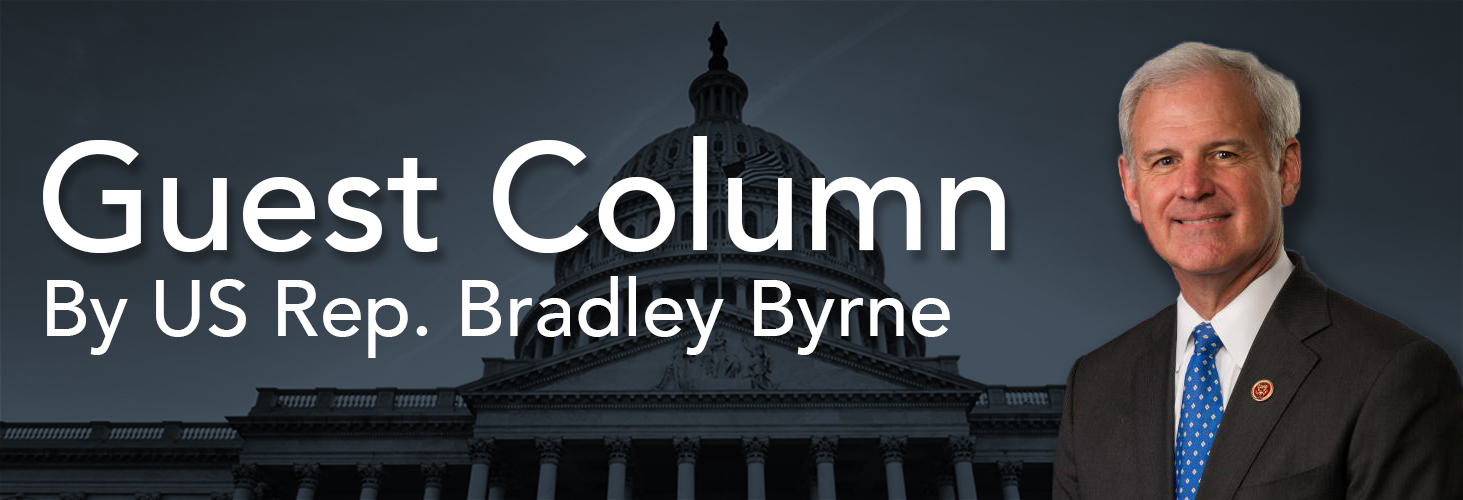By U.S. Congressman Bradley Byrne (AL-1)
19.2 percent. That number represents the percentage of people in Alabama who live in poverty. The number comes out to over 900,000 people.
I recently set out to learn more about poverty in our area by visiting local organizations that are committed to helping the poor. I spoke not only with the people helping those in need, but also with many of those trapped in poverty themselves.
I started off in Washington County at the Haven of Hope in Fruitdale. They provide a shelter and a wide variety of services for women, many of whom are struggling with drug addiction.
It was powerful to meet a young woman who had been through the Haven of Hope program and now works as a program manager for the organization. She serves as a true success story, demonstrating how successful these organizations can be.
I also paid a visit to the Washington County Baptist Association in Chatom to learn more about their poverty-fighting programs. They operate a thrift store, help low-income families pay their bills, and run a food bank providing assistance to over 4,000 people a year.
From Chatom, I headed down to Mobile to visit Victory Health Partners. Health care is a major issue for those trapped in poverty, and Victory Health Partners does a great job of providing services and medical care to our area’s poor. They also put a real emphasis on overall wellness and healthy living in an effort to prevent future health issues.
Next, I visited the Mobile Rescue Mission, a faith-based organization, that provides a range of services to the poor in Mobile County. They serve everyone from the single mother of four who recently lost her job to the veteran who is struggling to cope after returning from war. Their staff and volunteers are making a real difference.
Finally, I convened a roundtable of many different organizations and groups who work with our area’s poor. From education to health care t0 family services, our conversation focused on a variety of ways to help people overcome poverty.
These are just a few examples of visits I have made in poverty-fighting organizations in our area. I look forward to continuing to visit these organizations to hear directly from those on the front lines.
One thing has quickly become clear: some of the best work with the poor is being done by private, non-profit organizations. These organizations have a real concern for the people they help. They treat those in need as human beings with real worth and openly prove to people they are loved.
That is something the federal government simply cannot do, but we can learn from these organizations. We can learn what actually works and make sure our government programs are supporting their efforts.
And learn we must, because we simply cannot continue to turn a blind eye to the issue of poverty and expect things to change. We cannot keep doing the same thing over and over again while expecting different results.
Ultimately, there is a better way to fight poverty. It starts with listening to these non-profit organizations and empowering them. We must also encourage work and help people obtain the skills they need to find a good-paying job. Then, we should tailor benefits to meet individual people’s needs.
It is time we make this better way a reality for the struggling single mom, for the man battling addiction, for the veteran who can’t find work, and for every single American trapped in poverty.
This isn’t a Republican versus Democrat issue. This is something we can all agree on, and I stand committed to making these reforms a reality.











































